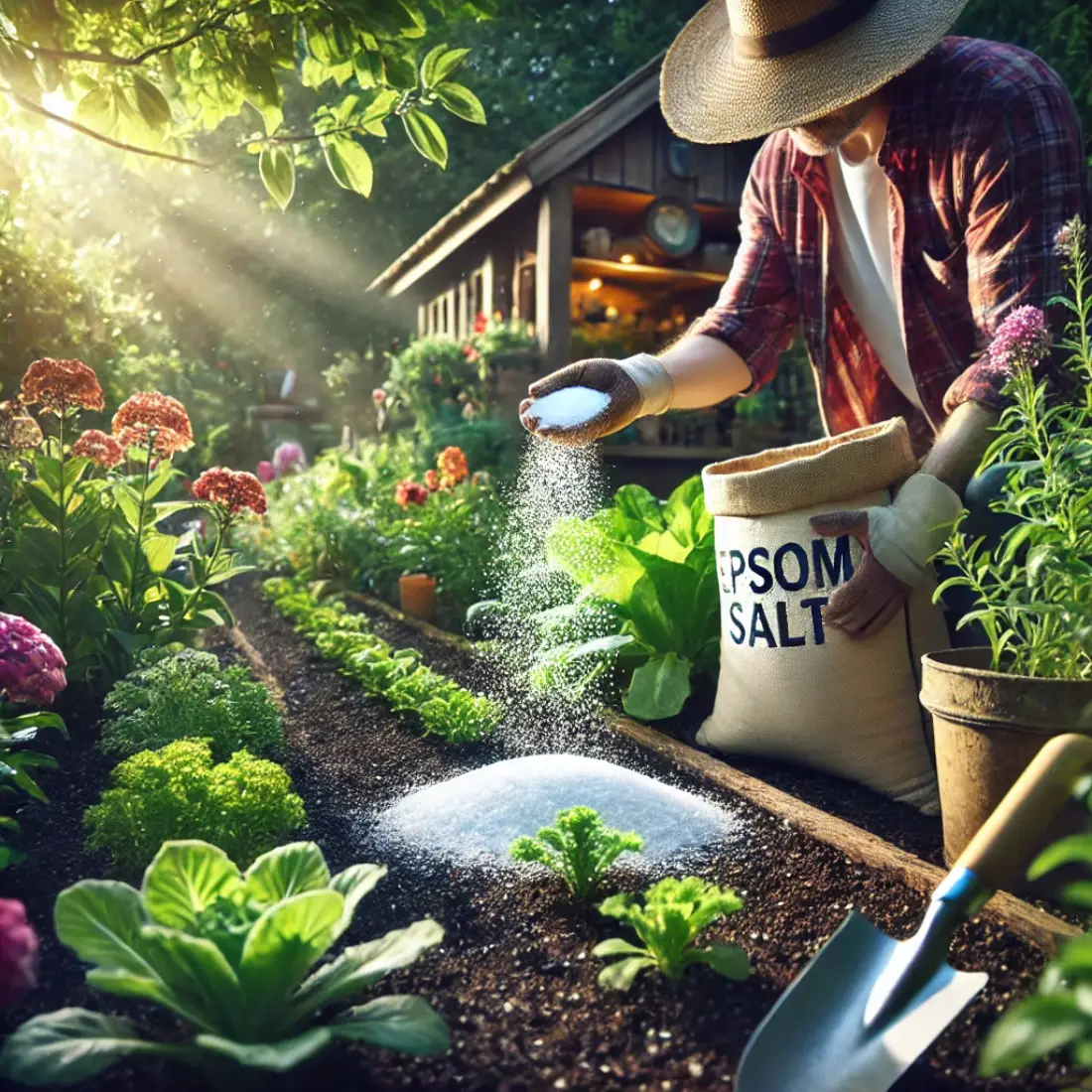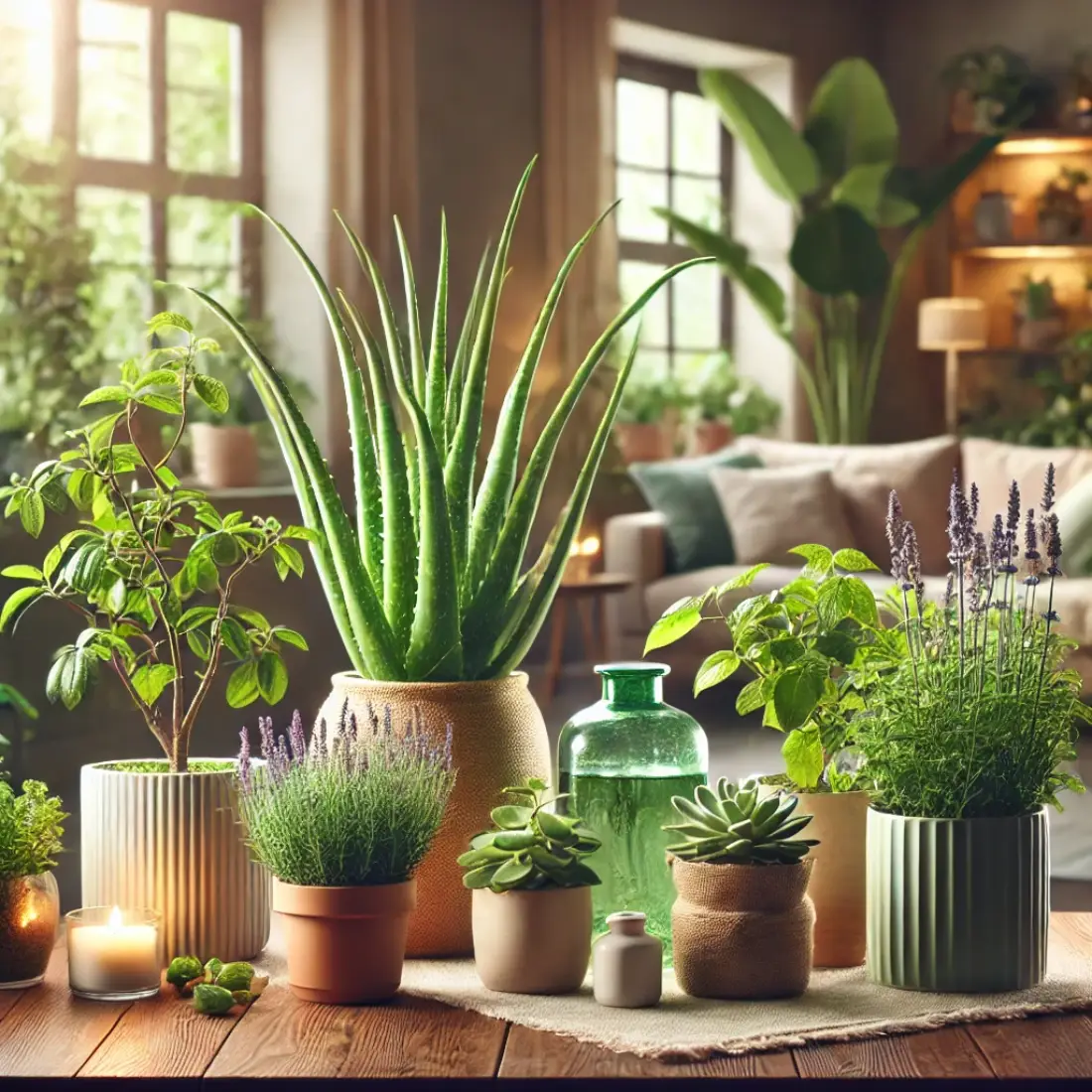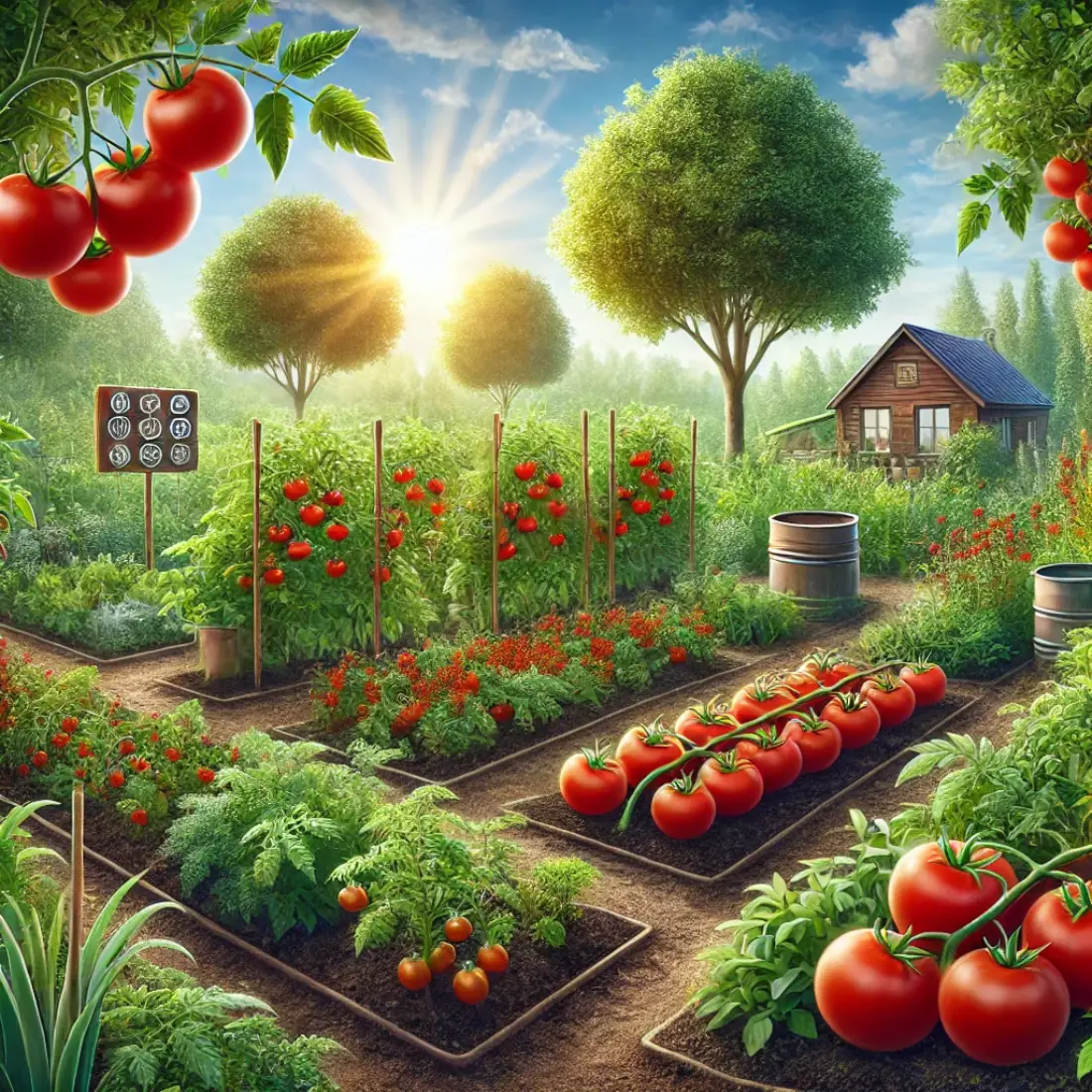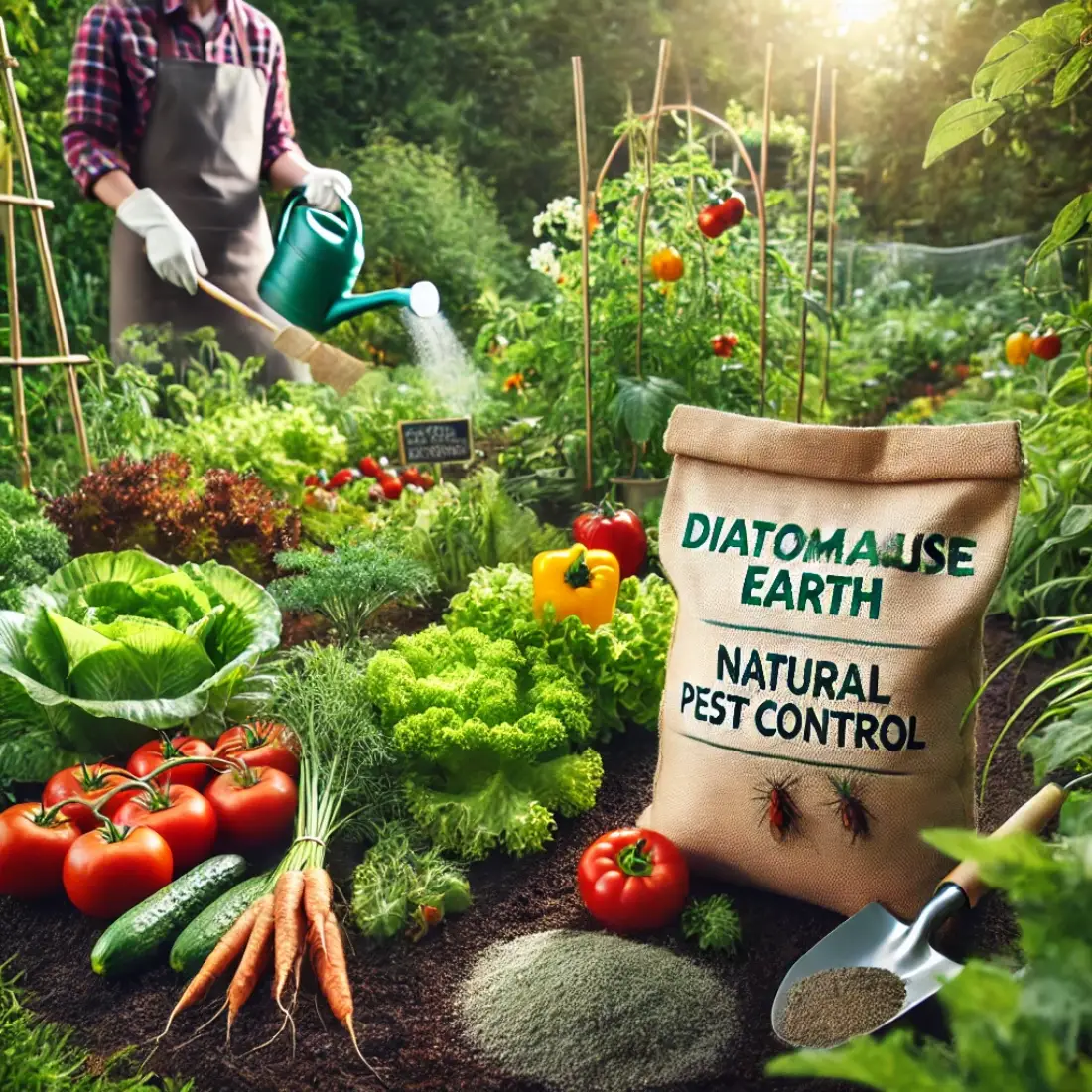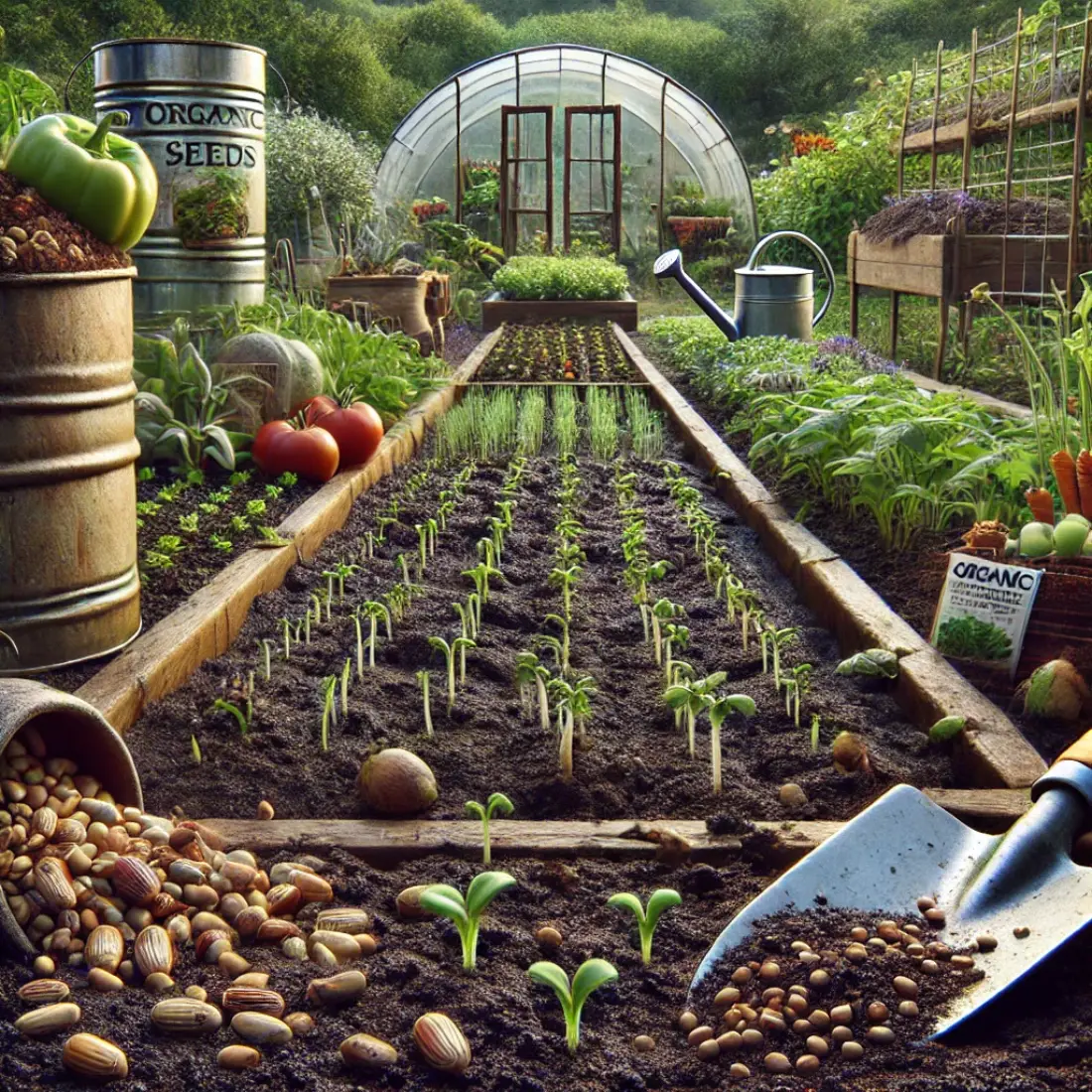Epsom salt, scientifically known as magnesium sulfate, is a naturally occurring mineral compound lauded for its myriad uses in gardening. This versatile substance has been a staple in the toolkit of gardeners and horticulturists for centuries. When used correctly, Epsom salt can significantly enhance plant growth, improve nutrient absorption, and even deter pests.
Plants, much like humans, require a balanced intake of nutrients to thrive. Magnesium, a crucial component of Epsom salt, plays a pivotal role in photosynthesis and helps plants utilize essential nutrients like nitrogen and phosphorus. Sulfur, another key element, is fundamental in producing vital plant proteins.
- Enhanced Nutrient Absorption: Epsom salt helps plants absorb essential nutrients like nitrogen and phosphorus more efficiently.
- Improved Seed Germination: Magnesium in Epsom salt boosts seed germination, leading to stronger seedlings.
- Increased Chlorophyll Production: Epsom salt promotes chlorophyll production, ensuring greener, healthier leaves.
- Reduction of Plant Stress and Pests: Regular use of Epsom salt can help reduce plant stress and deter common pests.
- Versatile Application: Can be used as a foliar spray or soil drench, making it adaptable for various plant types.
- Specific Plant Benefits: Particularly beneficial for tomatoes, roses, peppers, and houseplants, enhancing growth and bloom quality.
- Simple and Cost-Effective: Easy to apply and inexpensive, making it accessible for all gardeners.
How to Use Epsom Salt on Plants
Using Epsom salt on plants is straightforward and can significantly boost their health and productivity. Here’s a comprehensive guide to help you get started.
Before applying Epsom salt, it’s crucial to understand your plants’ needs. Conduct a soil test to check for magnesium deficiency, as not all plants require additional magnesium. Generally, use Epsom salt in moderation to avoid over-application.
Dosage Recommendations for Different Plant Types
- Tomatoes and Peppers: Mix one tablespoon of Epsom salt with one gallon of water. Apply this solution once a month to the base of each plant, starting when the plants begin to flower.
- Roses: Add one tablespoon of Epsom salt per foot of plant height to the soil around each rose bush. Repeat every two weeks during the growing season for vibrant blooms.
- Houseplants: Dissolve two tablespoons of Epsom salt in one gallon of water. Use this solution to water your houseplants monthly for greener leaves and improved growth.
Methods: Foliar Spray vs. Soil Drench
- Foliar Spray: For a quick nutrient boost, mix one tablespoon of Epsom salt with one gallon of water and spray the solution directly onto the leaves. This method is ideal for addressing nutrient deficiencies and is best applied in the early morning or late evening to prevent leaf burn.
- Soil Drench: For a more gradual and sustained effect, dissolve one tablespoon of Epsom salt in one gallon of water and pour it at the base of the plants. This method is particularly effective for long-term magnesium supplementation.
Best Practices
- Timing: Apply Epsom salt solutions early in the growing season and continue throughout the growing period for optimal results.
- Frequency: Avoid overuse by sticking to the recommended application intervals. Excessive magnesium can lead to nutrient imbalances in the soil.
- Watering: Ensure plants are well-watered before applying Epsom salt to prevent root burn and enhance nutrient absorption.
Using Epsom Salt for Specific Plants
Epsom salt can be a valuable addition to the care routines for various plants, particularly those that require extra magnesium for optimal growth:
Tomatoes
Tomatoes are heavy feeders and often benefit from additional magnesium. Epsom salt can help prevent blossom end rot and improve fruit production.
- Application: Mix one tablespoon of Epsom salt with one gallon of water.
- Method: Apply as a soil drench once a month during the growing season.
- Foliar Spray: For quick absorption, spray a solution of one tablespoon of Epsom salt per gallon of water directly on the leaves every two weeks.
Roses
Roses thrive with a boost of magnesium, which enhances the color and size of their blooms.
- Application: Add one tablespoon of Epsom salt per foot of plant height to the soil around each rose bush.
- Frequency: Apply every two weeks during the growing season.
- Foliar Spray: Use a solution of one tablespoon of Epsom salt per gallon of water and spray the foliage to promote lush growth and vibrant flowers.
Peppers
Peppers, like tomatoes, benefit from the extra magnesium provided by Epsom salt.
- Application: Mix one tablespoon of Epsom salt with one gallon of water.
- Method: Apply as a soil drench at planting and then every month during the growing season.
- Foliar Spray: Use the same solution as a foliar spray every two weeks for improved growth and yield.
Houseplants
Houseplants can suffer from magnesium deficiency, especially if grown in containers with limited soil.
- Application: Dissolve two tablespoons of Epsom salt in one gallon of water.
- Frequency: Water houseplants with this solution monthly to keep leaves green and healthy.
- Foliar Spray: For quick results, spray the solution directly onto the leaves, ensuring thorough coverage.
Plants That Don’t Like Epsom Salt
While Epsom salt can be beneficial for many plants, there are certain plants and situations where its use may be detrimental.
Acid-Loving Plants
- Rhododendrons
- Azaleas
- Camellias
- Blueberries
These plants thrive in acidic soils. The magnesium in Epsom salt can raise the soil pH, making it less acidic and potentially harmful to these plants.
Plants in Magnesium-Rich Soils
- Spinach
- Chard
- Beets
These leafy greens often grow well in soils already rich in magnesium. Adding more magnesium through Epsom salt can lead to nutrient imbalances, hindering their growth.
Salinity-Sensitive Plants
- Beans
- Peas
- Onions
These plants are sensitive to high salt levels in the soil. Excessive use of Epsom salt can increase soil salinity, causing root damage and affecting plant health.
Plants with Specific Nutrient Needs
- Carnivorous Plants: Plants like Venus flytraps, pitcher plants, and sundews have specific nutrient requirements and usually thrive in nutrient-poor, acidic soils. Adding Epsom salt can disrupt their delicate balance.
- Herbs: Some herbs, such as sage and thyme, prefer lean soil conditions. Introducing additional magnesium may not benefit them and can lead to less flavorful foliage.
DIY Epsom Salt Solutions
Creating your own Epsom salt solutions at home is easy and cost-effective. These solutions can be tailored for different types of plants and specific needs. Here are a few simple recipes and application methods to get you started.
Foliar Spray Solution
Foliar sprays are excellent for quick nutrient absorption, especially if you notice signs of magnesium deficiency like yellowing leaves.
Ingredients:
- 1 tablespoon of Epsom salt
- 1 gallon of water
Instructions:
- Dissolve 1 tablespoon of Epsom salt in 1 gallon of water.
- Pour the solution into a spray bottle.
- Spray the solution directly onto the leaves, ensuring thorough coverage.
- Apply early in the morning or late in the evening to avoid sunburn on the leaves.
- Repeat every two weeks for best results.
Soil Drench Solution
Soil drenches provide a more gradual and sustained release of nutrients to the plants’ roots.
Ingredients:
- 1 tablespoon of Epsom salt
- 1 gallon of water
Instructions:
- Dissolve 1 tablespoon of Epsom salt in 1 gallon of water.
- Water the plants with this solution at the base, making sure the soil is evenly moist.
- Apply once a month during the growing season.
- For container plants, reduce the concentration to 1 teaspoon per gallon of water.
Seed Soak Solution
Soaking seeds in an Epsom salt solution before planting can enhance germination rates and seedling vigor.
Ingredients:
- 1 teaspoon of Epsom salt
- 1 quart of water
Instructions:
- Dissolve 1 teaspoon of Epsom salt in 1 quart of water.
- Soak the seeds in the solution for 4-6 hours before planting.
- Drain and plant the seeds as usual.
Garden Bed Preparation Solution
Prepare your garden beds with Epsom salt to give your plants a healthy start.
Ingredients:
- 1 cup of Epsom salt
- 100 square feet of garden bed
Instructions:
- Sprinkle 1 cup of Epsom salt evenly over 100 square feet of garden bed.
- Work the Epsom salt into the soil before planting.
- Water thoroughly to help dissolve the salt and distribute it evenly.
Precautions and Tips for Using Epsom Salt
While Epsom salt can be beneficial for many plants, it’s important to use it correctly to avoid potential problems.
Overuse and Its Consequences
- Excessive Application: Using too much Epsom salt can lead to an excess of magnesium in the soil, which can interfere with the absorption of other essential nutrients like calcium and potassium.
- Signs of Overuse: Look for symptoms such as yellowing leaves, stunted growth, or leaf drop. If these occur, reduce or stop the use of Epsom salt immediately.
Signs of Magnesium Toxicity
- Leaf Burn: If leaves develop brown edges or spots, this may indicate magnesium toxicity. Reduce the amount of Epsom salt used and flush the soil with water to remove excess salts.
- Soil Testing: Conduct regular soil tests to monitor magnesium levels and adjust your usage accordingly.
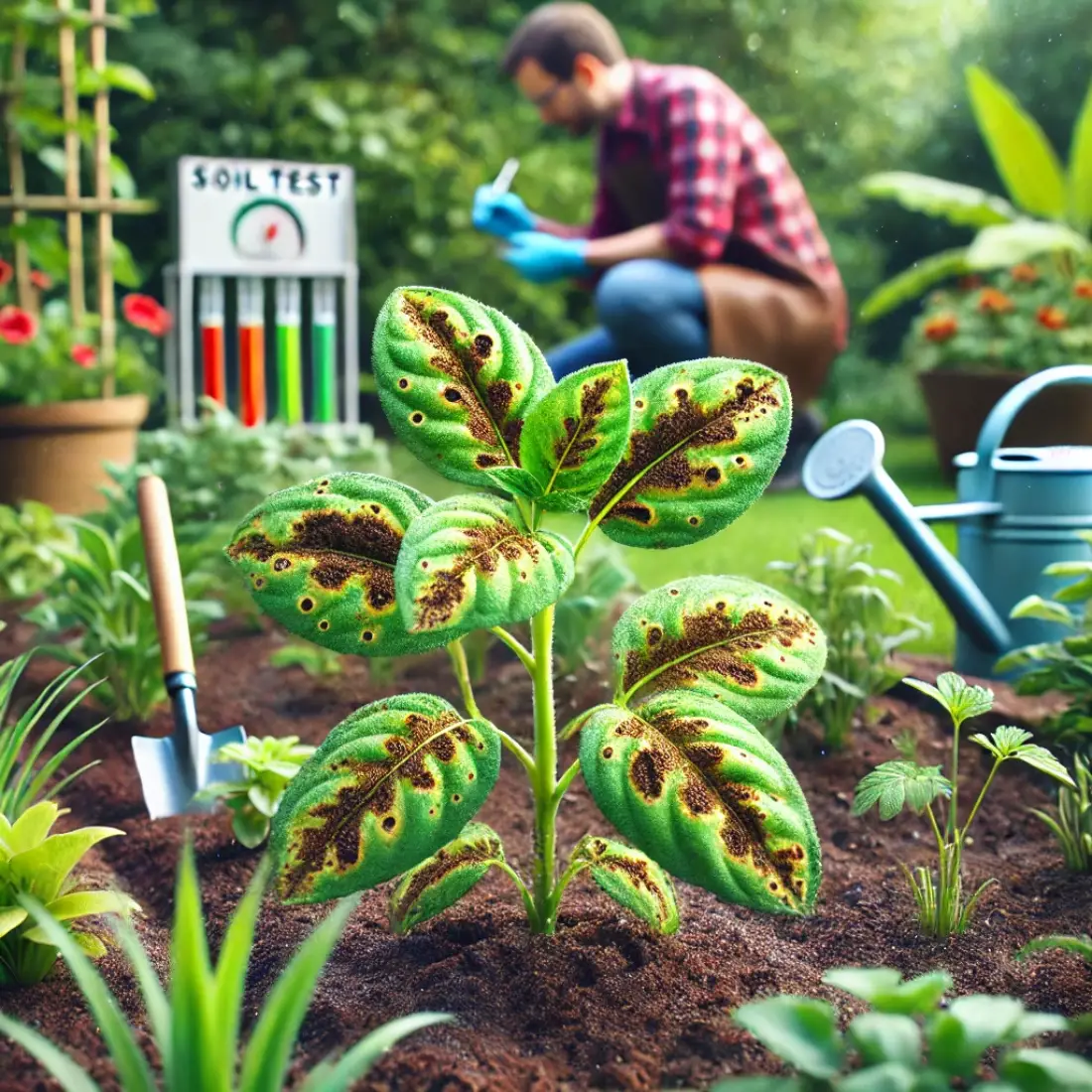
Best Practices for Application
- Proper Dosage: Stick to recommended dosages: one tablespoon per gallon of water for foliar sprays or soil drenches.
- Application Timing: Apply Epsom salt solutions early in the morning or late in the evening to prevent leaf burn from the sun.
- Watering: Ensure plants are well-watered before applying Epsom salt to help with absorption and prevent root damage.
- Soil Type: Consider your soil type; sandy soils may require more frequent applications, while clay soils may hold onto magnesium longer, requiring less frequent use.
Tips for Effective Use
- Targeted Application: Focus on plants known to benefit from Epsom salt, such as tomatoes, peppers, and roses.
- Combination with Other Fertilizers: Use Epsom salt in conjunction with a balanced fertilizer regimen for best results.
- Observation: Regularly observe your plants for any changes in health and adjust Epsom salt usage as needed.
FAQs About Epsom Salt
How often should I use Epsom salt on my plants?
Epsom salt should typically be used once a month during the growing season. For specific applications, such as foliar sprays, every two weeks can be effective.
Can Epsom salt harm my plants?
Yes, overuse of Epsom salt can lead to magnesium toxicity, which can cause yellowing leaves, stunted growth, and nutrient imbalances. Always use recommended dosages and monitor your plants.
Is Epsom salt good for all types of plants?
No, Epsom salt is beneficial for plants with magnesium deficiencies but can be harmful to plants that prefer acidic soils or are sensitive to high salinity, such as blueberries, rhododendrons, and beans.
What are the signs of magnesium deficiency in plants?
Common signs include yellowing leaves with green veins (interveinal chlorosis), poor growth, and reduced fruit production. A soil test can confirm magnesium deficiency.
Can I use Epsom salt on indoor plants?
Yes, Epsom salt can be used on indoor plants. Dissolve two tablespoons in a gallon of water and use this solution to water your houseplants once a month.
How does Epsom salt help tomato plants?
Epsom salt provides magnesium, which helps tomato plants absorb essential nutrients, prevent blossom end rot, and improve fruit production and overall health.
Can I mix Epsom salt with other fertilizers?
Yes, Epsom salt can be used in conjunction with other fertilizers. It provides magnesium and sulfur without significantly affecting nitrogen, phosphorus, or potassium levels, making it a good supplement.
How should I apply Epsom salt to my garden?
Epsom salt can be applied as a foliar spray or soil drench. For foliar sprays, mix one tablespoon with a gallon of water and spray the leaves. For soil drenches, dissolve one tablespoon in a gallon of water and apply to the soil at the base of the plants.
What is the best time of day to apply Epsom salt?
Apply Epsom salt solutions early in the morning or late in the evening. This timing helps prevent leaf burn from the sun and ensures better absorption by the plants.
Can I use Epsom salt for seed germination?
Yes, soaking seeds in an Epsom salt solution can enhance germination rates. Dissolve one teaspoon of Epsom salt in a quart of water and soak seeds for 4-6 hours before planting.

